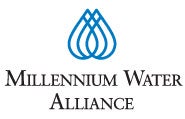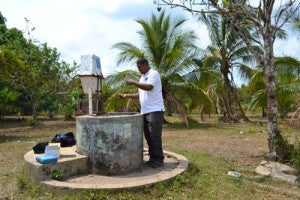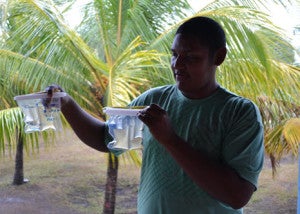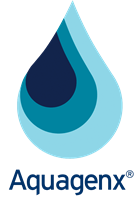Millennium Water Alliance and WaterAid Use CBT for
Water Supply Research in Nicaragua


Challenge
Millennium Water Alliance (MWA) and WaterAid Nicaragua conducted applied research to measure water supply service levels provided simultaneously by household rainwater harvesting systems and multiple other sources of water in the municipality of Puerto Cabezas, Nicaragua. Their goal was to better understand the quality of service for different kinds of water sources as well as how people perceived the different sources. An important challenge was that water quality testing needed to be done in remote locations without access to a lab. They needed a water quality test for E. coli they could run on-site.
Solution
 MWA and WaterAid decided to use the Compartment Bag Test (CBT). In addition to testing for E. coli with the CBT, the researchers also tested for turbidity and pH. They analyzed samples from various types of water sources in the dry and rain seasons, monitoring differences between shallow unprotected wells, shallow concrete lined wells, rooftop rainwater harvesting systems, surface water and a hand-pump equipped borehole. The research was a collaboration of WaterAid Nicaragua, MWA, and the University of Leeds. It was financed by FEMSA Foundation, Catalan Cooperation Fund for Development, and Rotary International.
MWA and WaterAid decided to use the Compartment Bag Test (CBT). In addition to testing for E. coli with the CBT, the researchers also tested for turbidity and pH. They analyzed samples from various types of water sources in the dry and rain seasons, monitoring differences between shallow unprotected wells, shallow concrete lined wells, rooftop rainwater harvesting systems, surface water and a hand-pump equipped borehole. The research was a collaboration of WaterAid Nicaragua, MWA, and the University of Leeds. It was financed by FEMSA Foundation, Catalan Cooperation Fund for Development, and Rotary International.
Test Results
 Researchers found that the rooftop rainwater harvesting systems installed by the community with WaterAid Nicaragua and one hand pump-equipped borehole well provided the best and most consistent bacteriological water quality of more than 25 different water sources available in the community.
Researchers found that the rooftop rainwater harvesting systems installed by the community with WaterAid Nicaragua and one hand pump-equipped borehole well provided the best and most consistent bacteriological water quality of more than 25 different water sources available in the community.
Conclusion
Daniel W. Smith, Program Officer at Millennium Water Alliance, says, “We’ll continue using the CBT because it’s easy to use, interpret and share its results. Its quantitative data helps us build evidence of the advantages and disadvantages of the different types of water supplies that we can help communities develop.”
Daniel also believes the CBT’s color-change results are a big help in the field. “The CBT’s positive and negative compartments for E. coli are easy to understand for residents and researchers alike,” says Smith. “In our Nicaragua research, the water sources with the lowest concentrations of fecal indicators were quickly apparent using the CBT. It was great to get results so fast because we could share them locally in real-time, which helped the water sampling be relevant for the local WaSH initiative as well as the research.”
